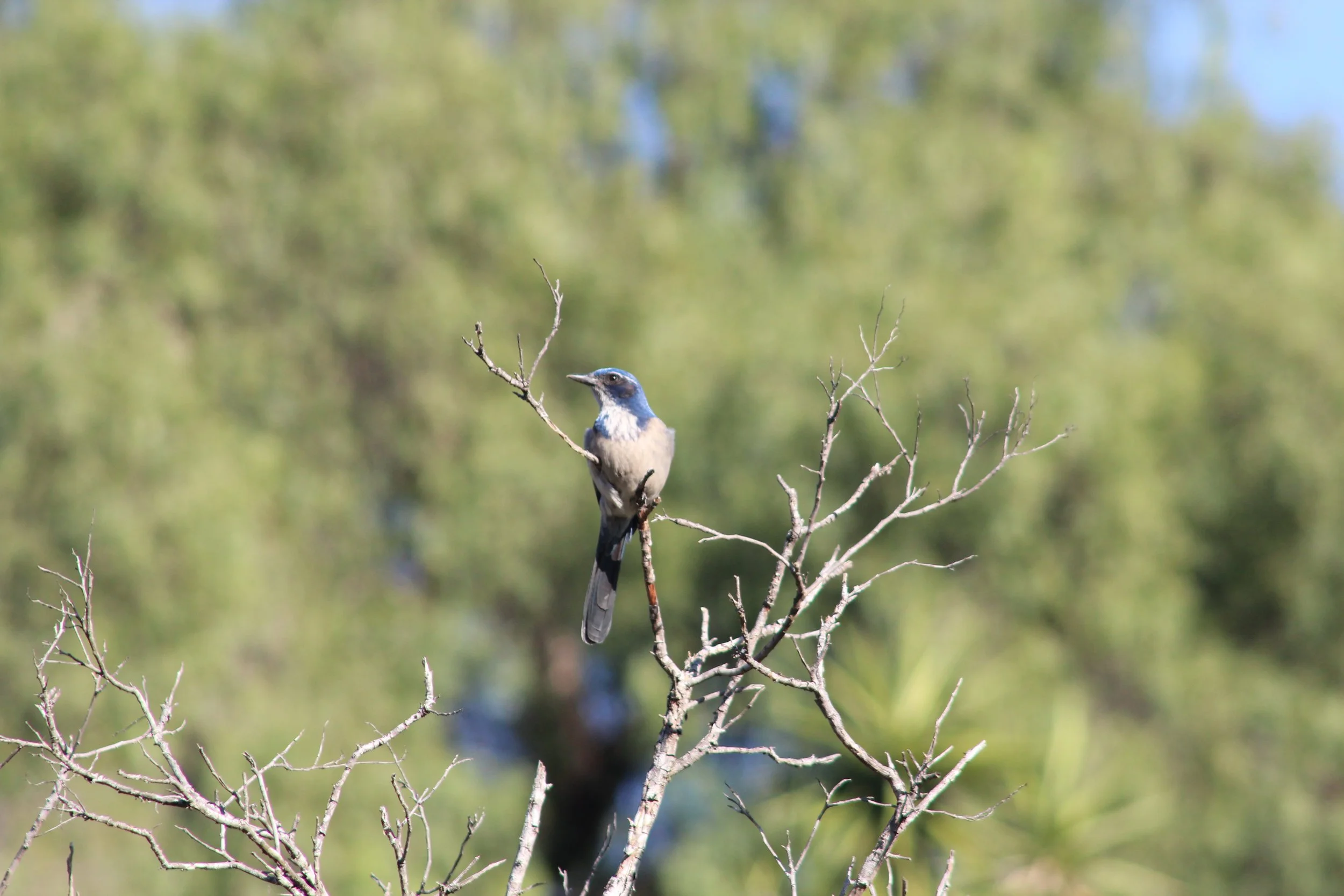In the face of more frequent and intensifying wildfires and urban impacts, San Diego’s canyons stand vulnerable—yet they hold the power to become fire-resilient, biodiversity hotspots with your support. The threat of wildfires isn’t abstract to our region—it is real, relentless, and close to home. This season, wildfires across California have swept dangerously close to neighborhoods, scorching landscapes, and displacing families. Our natural spaces, wildlife, homes, and critical infrastructure are all at risk.
But here’s the good news: we’re stepping up to meet this crisis, and with 20+ years of history in this work, we have already made a significant difference for San Diego’s communities and natural resources. Our annual giving campaign “From Wildfires to Wildflowers” is highlighting our ever important commitment to transforming San Diego’s vulnerable, high fire-risk areas into resilient, thriving landscapes filled with native plants and animals. Each project completed is a new line of defense against wildfire threat, turning fire-prone vegetation into resilient green spaces that can help buffer the impact of urban wildfires and protect nearby homes. With your support, we hope to continue this work and expand our reach to build a regional conservation workforce proficient to meet the needs of a changing climate and create spaces of resilience and beauty—spaces that give life to our city.
This year, our team has mobilized in 18 canyons and many other natural spaces to reduce the presence of invasive, flammable plants and replace them with deep-rooted, hardened, native species, which create natural firebreaks and prevent further ecosystem degradation.
We at Canyonlands are addressing this urgent threat. Not only through direct environmental action but also by equipping local residents, many from underserved communities, with nature-based, on-the-job training or volunteer opportunities in habitat restoration and fire mitigation. We are invested in the regenerative potential of giving back to our city, and are empowering residents to steward the landscapes in their backyards. This initiative is the backbone of our fire resilience efforts—individuals who understand the stakes personally, becoming part of the solution. Each dollar you give strengthens this community rooted initiative, helping protect neighborhoods and foster the conservation leaders of tomorrow.
From pioneering streambed restoration to stewarding complex habitats, our programs are leading the charge for environmental and community resilience. And yet, this essential work is only possible because of the support from donors like you. Your contribution today is more than a response to the climate emergency—it’s a deeply impactful investment in the future of our region. Together, we can transform San Diego’s vulnerable landscapes into resilient, thriving ecosystems that protect and sustain our community for generations to come.




















